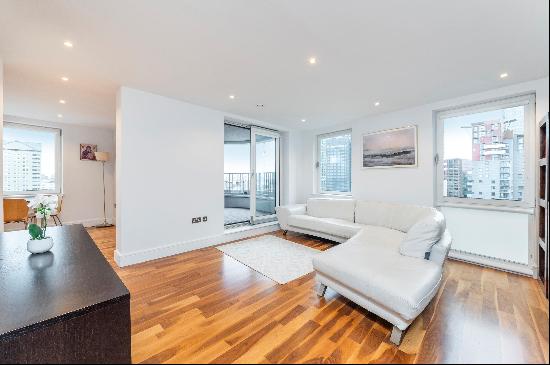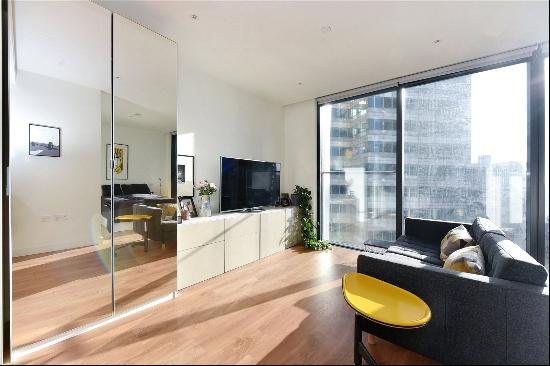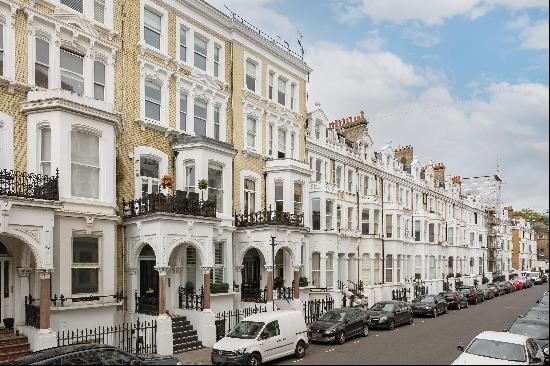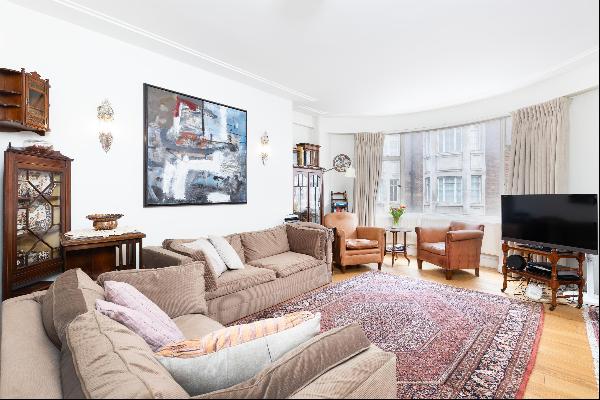
By Niloufar Haidari
Being able to swim day or night, all year round appeals to many buyers in London’s luxury market. Whereas outdoor pools are subject to lack of space and the unfavourable British climate, underground pools are flourishing as part of a high-end basement boom that involves developers digging down to create subterranean wellness spaces.
“Rarely nowadays is a pool built in isolation; most owners want to create a hotel-style spa to sit alongside it with amenities such as a vitality pool, cold-plunge pool, hammam steam bath and sauna,” says Alex Christian, joint head of the private office at Savills, noting that underground pool spaces are often used for both exercise and leisure time with family. “Interior designers are increasingly seeing swimming pools as a key part of an overall project, and stylistically they are being as creative with the pool and its surrounding area as they are with the rest of the property.”

The market for underground pools shows no signs of slowing down, with today’s emphasis on health and wellbeing, as well as an increased desire for privacy, ease and comfort. For many international buyers a home pool is a standard feature they are already used to and are seeking to recreate in their London abode.
“Pools are associated more and more with the largest and most desirable houses in London, but ownership comes with pros and cons, despite the appeal on paper,” says James Gubbins, senior director of sales at UK Sotheby’s International Realty, noting that it is often a far bigger undertaking than people assume due to the need for planning permission. This might be easier to obtain if other houses on the street have set a precedent, otherwise there could be a battle for approval. Then buyers need to consider the intrusiveness of the works, as well as the time and costs associated with upkeep.

How much you should spend depends on both the size and specification of the pool itself, as well as the cost of excavating and constructing the basement. “The core costs for the design and construction of a typical-sized basement pool start in the region of £100,000 to £150,000 plus VAT. Add around £50 a sq metre to this for the basement excavation,” estimates architect Paul Bowser from Harper Latter Architects. “Additional pool features, services and design refinements would take the cost upwards from there. Ongoing costs will include the power and products needed for water filtration, sterilisation treatment and heating, and then a maintenance and service contract.”
Dominic Searle, managing director of Aqua Platinum Projects, emphasises the importance of a well co-ordinated design process, alongside the use of high-quality materials and equipment to ensure longevity. “Our real three pillars are design, build, and aftercare. There’s quite a lot of maintenance with swimming pools, particularly at a high specification. We want to make sure you get long-term enjoyment and use out of it, and that’s why high-quality construction materials are really the most important thing — we certainly don’t want to be ripping things out after five or six years, particularly in a basement.”
Whether or not a pool adds long-term value to a property depends on the overall scope of the house, says Claire Reynolds of UK Sotheby’s International Realty. With a house such as Marlborough Place in St John’s Wood, currently on the market for £25mn, the pool befits a property at that price level. “However, if the value of the home was significantly lower, then the cost and expense of having the pool might not be desired.”

Space and light are both at an absolute premium in a basement, so intelligent design that maximises both is key. Natural light is the ideal, though not always possible depending on a building’s heritage and other factors. Also of importance is temperature and humidity — Christian advises that a pool area shouldn’t be “so hot that you can’t relax beside it, nor should the smell of chlorine be so overpowering that you can sense it from the moment you enter a home”.
Gubbins emphasises the importance of choosing the right materials for your pool area, adding that a common mistake people make is valuing beauty over practicality. To this end, he recommends an edge surface made of durable textured stone as opposed to polished marble, which is slippery when wet and more prone to damage.
Once the reserve of the ultra-wealthy, underground swimming pools are now in “constant” demand, according to Searle. “There are always houses being developed with people putting in big basements with spa and wellness facilities. We’ve worked in central London, Holland Park, St John’s Wood, Clapham, Battersea… almost every area of London.” So if you feel like making those aquatic fantasies a reality, it may be time to take the plunge.
Photography: Aqua Platinum Projects; UK Sotheby’s International Realty





















